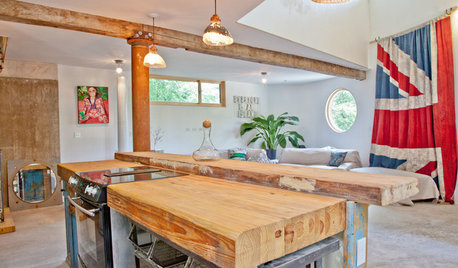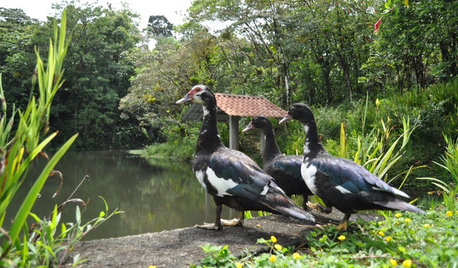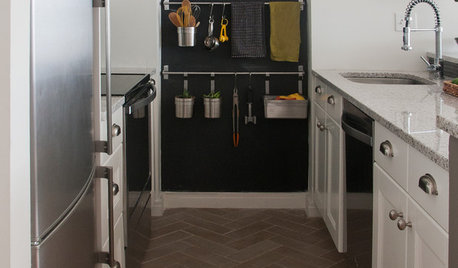Why are some seeds said to be direct sow only
dowbright
11 years ago
Related Stories

GARDENING GUIDESHow to Plant a New Lawn From Seed
Choose from more grass varieties and save money over sod by starting your lawn from seed
Full Story
CONTAINER GARDENS8 Easy Container Plants to Grow From Seed
Get beautiful blooms and herbs in summer by starting these choice garden picks from seed in spring
Full Story
GARDENING GUIDESSeeds or Seedlings? How to Get Your Garden Started
Growing delicious herbs and vegetables starts with knowing your goals and when you want to plant
Full Story
LIFEYou Said It: ‘Yikes, Tough Crowd’ and Other Quotes of the Week
Some of our favorite quotes this week came straight from the Comments section. See the stories and have your own say
Full Story
LIFEYou Said It: ‘Put It Back’ If It Won’t Help Your House, and More Wisdom
Highlights from the week include stopping clutter from getting past the door, fall planting ideas and a grandfather’s gift of love
Full Story
LIFEYou Said It: ‘The Birds Will Thank You’ and More Houzz Quotables
Design advice, inspiration and observations that struck a chord this week
Full Story
LIFEYou Said It: ‘Every Room Should Have the Right Wrong Thing’ and More
This week on Houzz we were inspired to break out of catalog styling ruts and let our design freak flags fly
Full Story
LIFEYou Said It: ‘Use the Imperfect as an Opportunity’ and More Wisdom
Design advice, inspiration and observations that struck a chord this week
Full Story
WINTER GARDENINGExtend Your Growing Season With a Cold Frame in the Garden
If the sun's shining, it might be time to sow seeds under glass to transplant or harvest
Full StoryMore Discussions








pnbrown
planatus
Related Professionals
Middle River Landscape Architects & Landscape Designers · Quincy Landscape Architects & Landscape Designers · Pelham Landscape Contractors · Waterbury Landscape Contractors · Apollo Beach Landscape Contractors · Concord Landscape Contractors · Concord Landscape Contractors · Florham Park Landscape Contractors · Hilton Head Island Landscape Contractors · Mashpee Landscape Contractors · Midland Landscape Contractors · Plainview Landscape Contractors · West Orange Landscape Contractors · Eustis Driveway Installation & Maintenance · Rochester Hills Driveway Installation & Maintenancefarmerdill
digdirt2
SneakyP
noki
Edymnion
flora_uk
RpR_